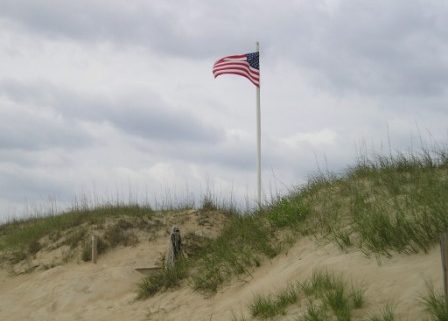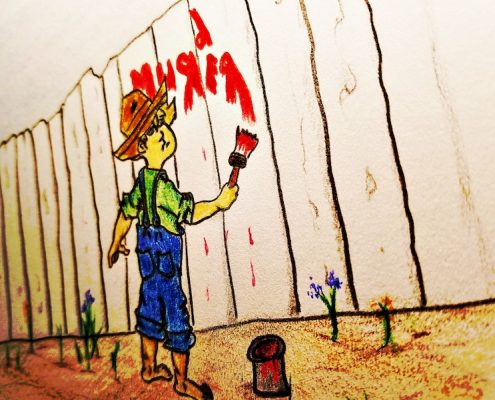Thursday at the Writers’ Police Academy promises to be an exciting and wildly fun opening day, starting with renowned drone expert Bill Bongle’s fascinating presentation on … all things drones. Bill will discuss (and demonstrate):
- Drone basics and the fundamentals of unmanned flight
- Overview of current technology, capabilities, emerging technologies and trends
- Brief overview of drone laws and regulations
- Case studies of high profile incidents involving drones and how these cases are shaping the regulatory environment
- Privacy issues and case law regarding surveillance from the air
- Practical applications for village/municipal government, police, fire, rescue and emergency government
- The emergence of civilian Search and Rescue Groups
Next up is the Kooky Cop Carnival, an event that will surely leave attendees with a better knowledge and understanding of the special challenges officers face daily.

Run, don’t walk, to the Kooky Cop Carnival!
You know, things like (we are not explaining this stuff prior to the event because we want you to experience the surprises officers encounter when responding to calls):
– Setting a live trap
– Handcuffing Cuff Man (and he really doesn’t want you to apply those pesky cuffs)
– Using a “Come-a-long around a stuffed K-9
– Interesting “Duty Belt Techniques”
– Animal Control
– 21-Foot-Drill
– Drawing (from the holster) and firing the SIRT gun
– Drug ID (test your knowledge of common street drugs, and more).
– Animal ID – Identify the types of animals officers often encounter
And much, much more, including lots of surprises.  This hands-on Kooky Cop Carnival is going to be a real hoot!
This hands-on Kooky Cop Carnival is going to be a real hoot!
Immediately following the carnival is sign-in/registration (4-5:30 p.m.), and then comes the laugh-fest we call orientation. Sure, we spill details such as classroom numbers, where restrooms are located, what to expect in each session, what time the pool closes, schedule changes and updates (if any), etc., but this is the time when you should be prepared to let down your hair and enjoy the laughs … and the much-needed information, of course.
6:30 p.m. marks the official opening of the event, and this I believe is a first for any writers conference anywhere—the blessing of the Writers’ Police Academy/Opening Ceremonies. This spectacular ceremony is presented by the Oneida Tribal Dancers, elders, Miss Oneida, and more. Please do feel free to photograph and/or record video (this ceremony is only time during the weekend when video recording is permitted). Remember, the WPA takes place on the Oneida Indian Reservation. Our event hotel is also situated on tribal land.
To wrap up day one of the 2017 WPA, the star of the Thursday night festivities … Thomas B. Sawyer, head writer/showrunner of the hit TV show Murder, She Wrote.
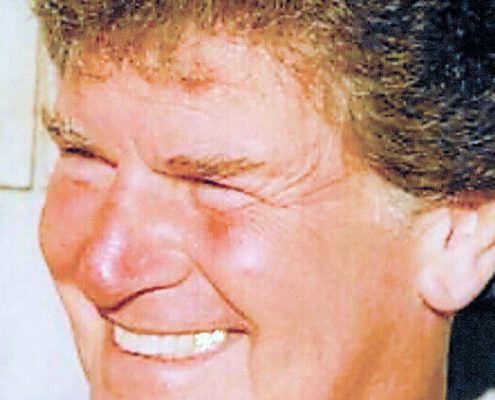
Thomas B. Sawyer
Thursday night at 8:30 p.m., Tom presents …
“How Jessica Fletcher and Murder, She Wrote Made Homicide Fun – Without Science, Crazy People, or Gore.”
In this entertaining and informative session, one of this classic 12-year TV series’ original group of writers, Tom Sawyer, lays out the early history of Murder, She Wrote, from the casting of its star and its subsequent effect on one of Broadway’s megahit Musicals, to Dashiell Hammett’s influence on the show, the show’s influence on Tom’s career both as Showrunner/writer, and – inadvertently – as a lyricist – and much, much more.
Tom also returns to the spotlight twice during the weekend.
Friday at 12:45 p.m.
CINEMATIC WRITING TECHNIQUES THAT WILL MAKE YOU A BETTER STORYTELLER ~ Tom Sawyer
THINK Picture/THINK Action/THINK Dialogue
An Approach to Both Screen-and-Narrative Writing
Techniques I learned in TV & Film. From that Super-Critical Opening Grabber, to creating enigmatic bad guys, to “writing to the money,” and more – stuff every writer should have in the bank.
Saturday at 12:45 p.m.
PACKAGING YOUR BABY FOR HOLLYWOOD
How to write loglines, Movie treatments, synopses and TV series pitches with the Sizzle that’ll convince them they’ve got to seriously consider putting your novel, story or concept on the screen.
Just think, this only the first day, BEFORE the actual event begins!! So, are you ready for an extremely thrilling and fun weekend? Yes, we still have a few spots left open. Hurry!
Writers’ Police Academy

By the way, we’ll soon be announcing details regarding how you can have a chance to get your hands on a Murder, She Wrote script signed by Tom Sawyer!
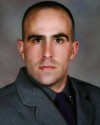
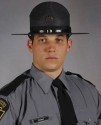

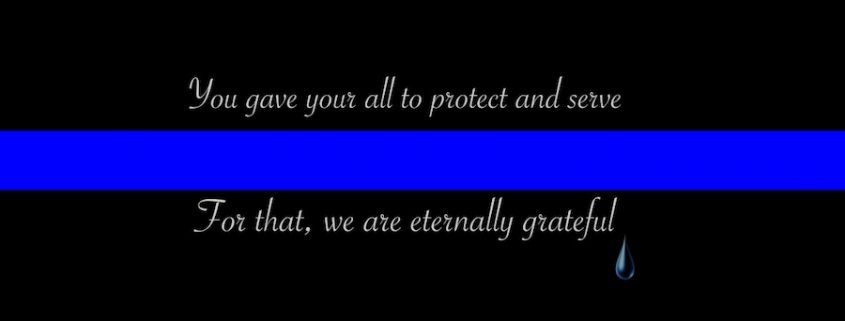
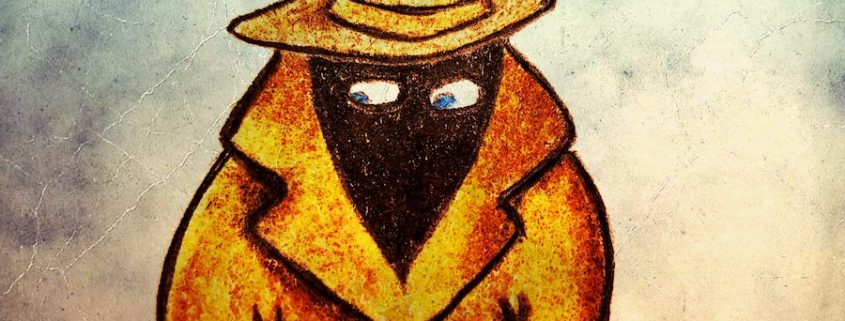
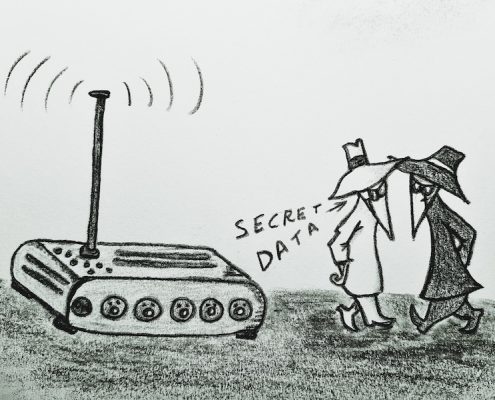
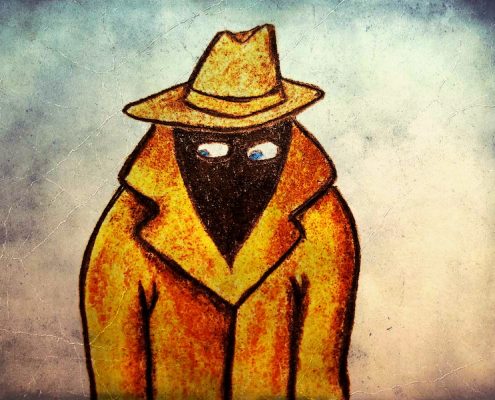
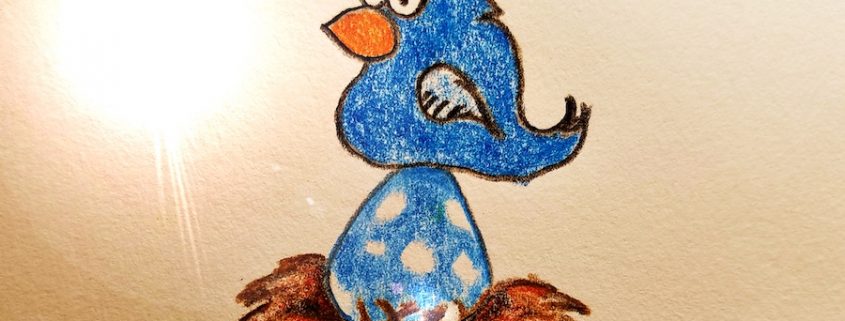
 But it was easier to catch chicken thieves back then than it is to catch modern day bird bandits, the bad guys who poach or kill birds of prey and/or steal their eggs. The eggs, by the way, are most often sold to collectors known as “eggers.”
But it was easier to catch chicken thieves back then than it is to catch modern day bird bandits, the bad guys who poach or kill birds of prey and/or steal their eggs. The eggs, by the way, are most often sold to collectors known as “eggers.”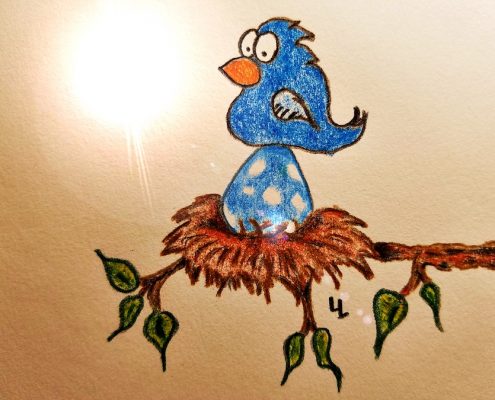
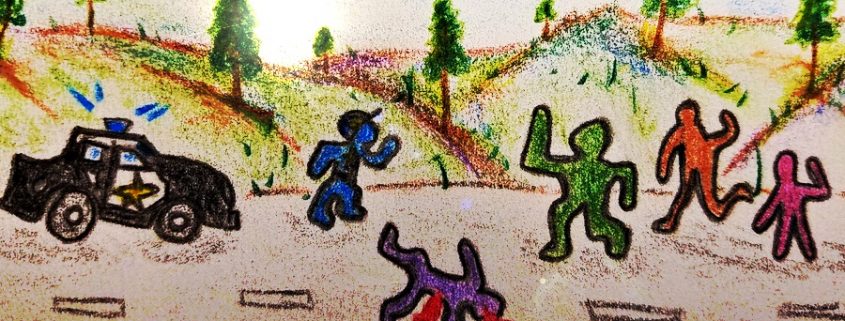
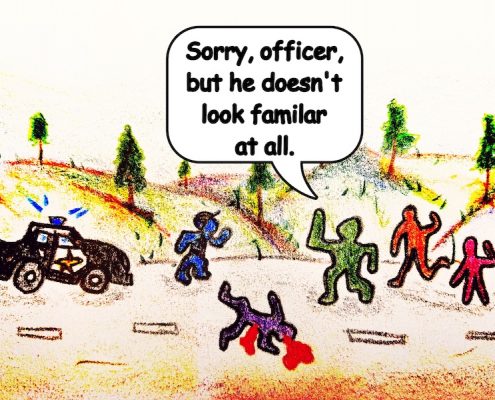

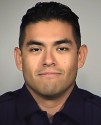
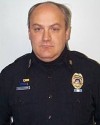


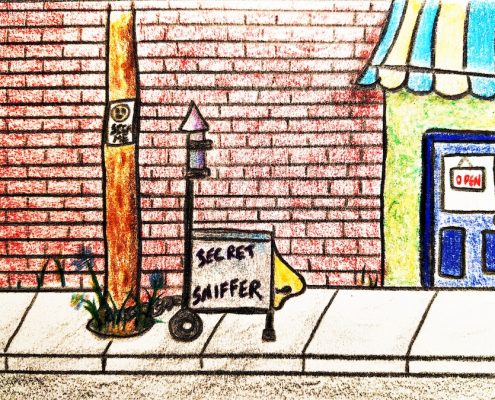
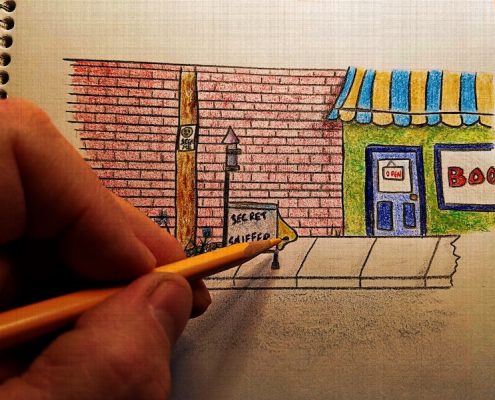
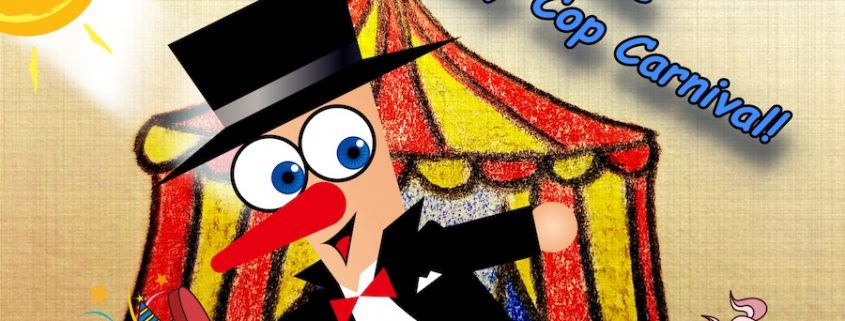

 This hands-on Kooky Cop Carnival is going to be a real hoot!
This hands-on Kooky Cop Carnival is going to be a real hoot!

